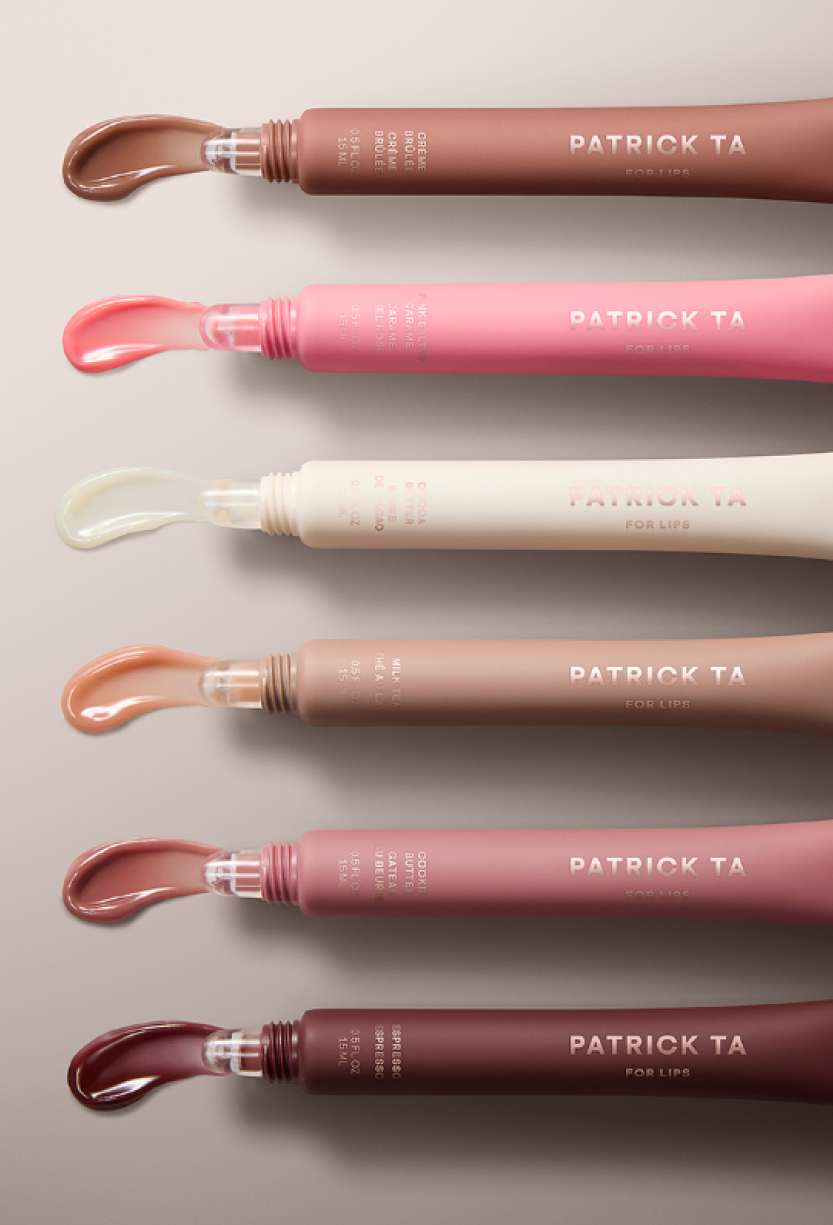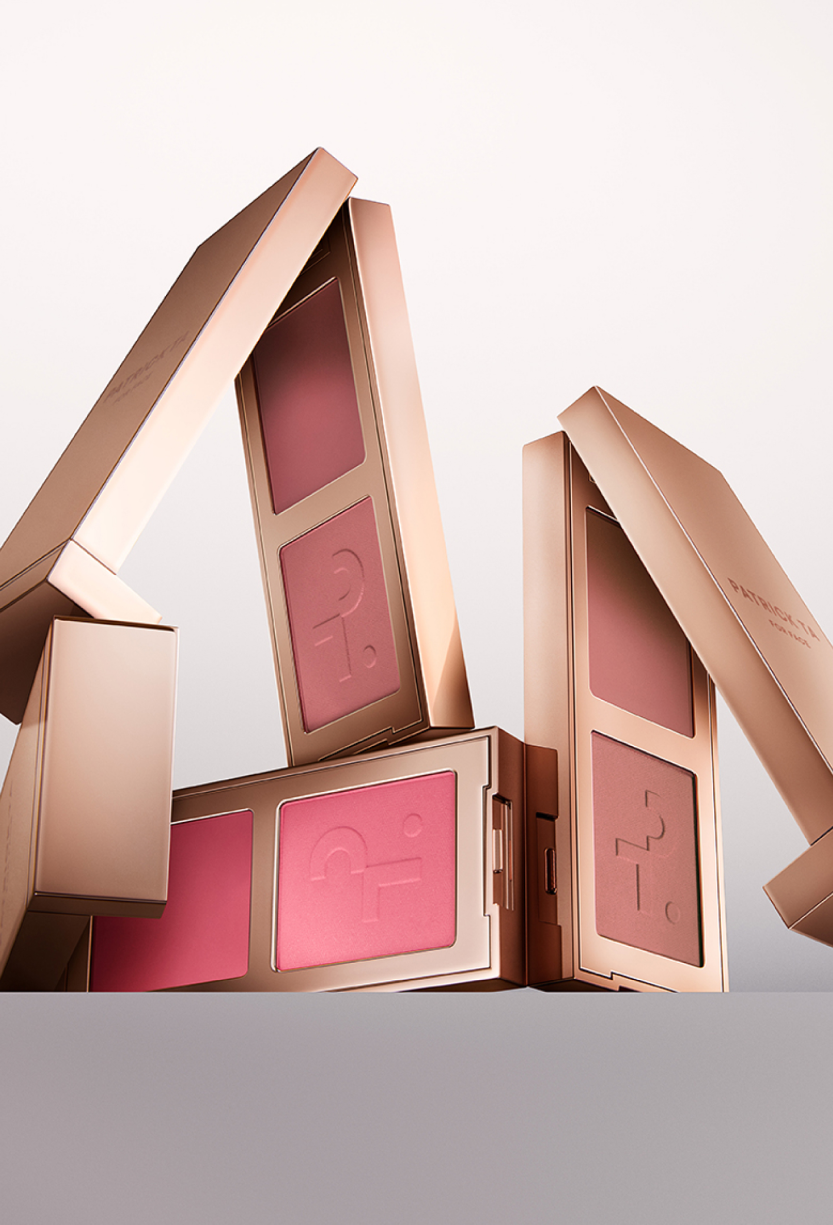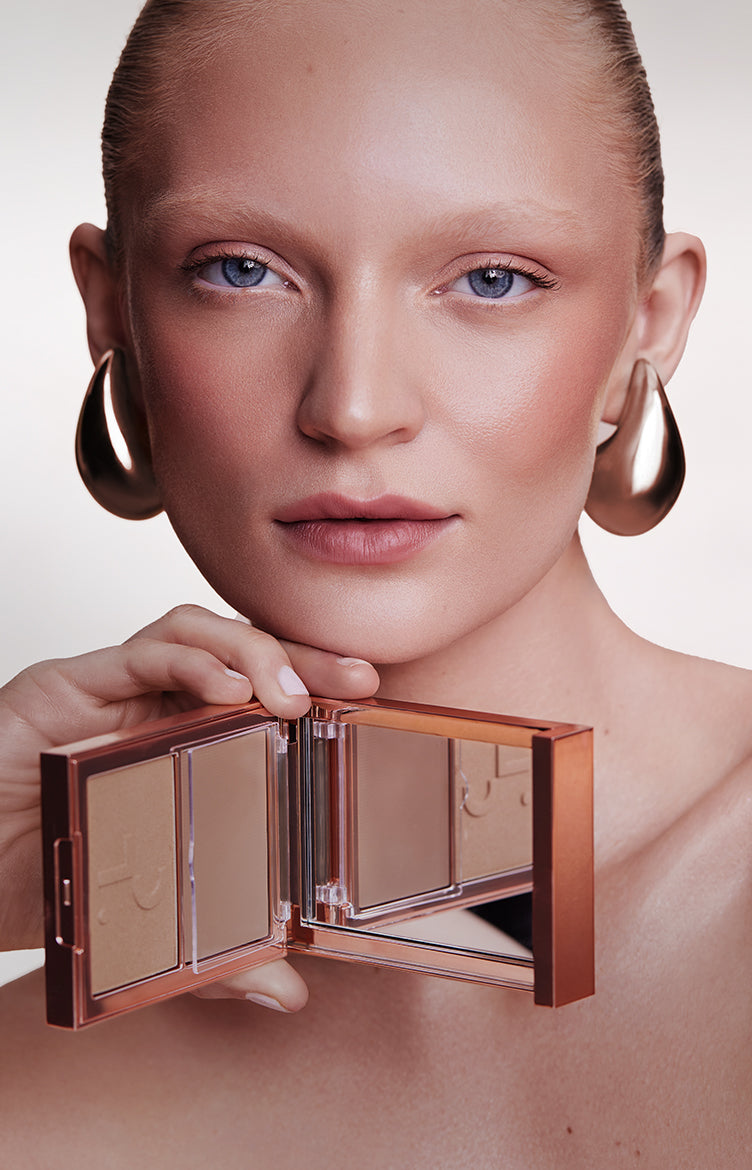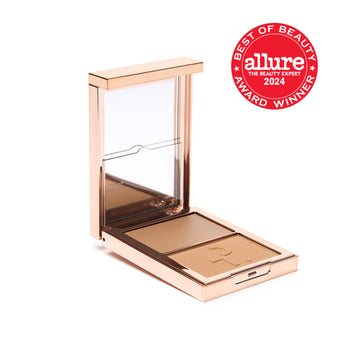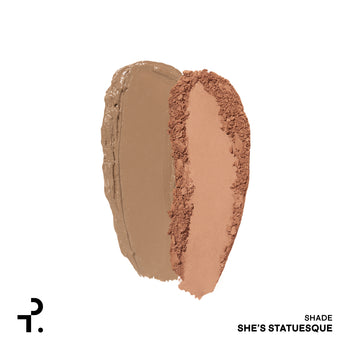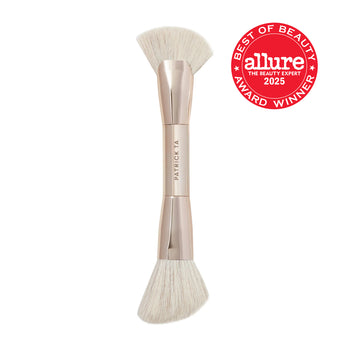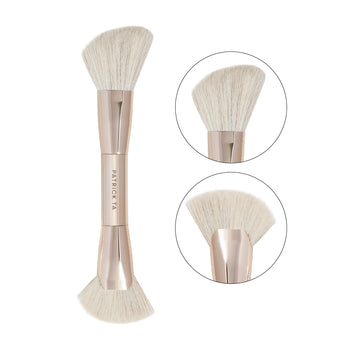How Dark Should Bronzer Be?
A stunning, sun-kissed glow is within reach…you just need to find your perfect bronzer match. So exactly how dark should bronzer be? Consider this your go-to guide to finding the best bronzer shade.
Recognize Your Natural Skin Tone and Undertones
When it comes to bronzer shade selection, one of the most important factors to consider is your skin tone. A general rule of thumb is to reach for a bronzer that is around two to four shades darker than your actual complexion. This will give your skin natural warmth without looking too intense (if it is too dark) or chalky (if it is too light).
You also need to keep your undertones in mind. Bronzers typically have a warmer tint, as this gives the complexion a golden glow that mimics a natural tan.
That said, someone with cooler undertones will want to reach for a bronzer with a red or pink hue, as shades that are too warm can end up looking orange. Meanwhile, someone with warmer undertones should opt for a shade with more of a golden or yellow hue, because shades that are too cool can appear ashy.

The Golden Rules of Bronzer Selection
Finding the perfect color match is key, but there are a few additional rules for choosing the right bronzer for your needs.
First, consider whether you’d prefer a matte or shimmer finish. Matte bronzers are ideal for adding a realistic warmth to the complexion, while shimmer bronzers are a great choice if you want a little extra touch of radiance.
You also need to decide which formula is best for you. Powder bronzers are a popular choice, as they are easy to work with and offer even color coverage and a soft, air-brushed finish. That said, if you prefer a dewier look, you might reach for a cream or liquid bronzer. Or, choose the best of both worlds and use a bronzer cream and powder duo.
Bronzer Application Techniques
With a few expert bronzer application techniques, you can glow like a pro.
To start, pick up some bronzer with your sculpting brush, and then tap off the excess. Getting rid of any extra powder helps you control your application to prevent overdoing it.
We recommend applying your bronzer to the high points of the face, where the sun hits your skin. This includes the forehead, cheekbones, bridge of the nose, chin, and jawline.
Start with applying a light layer of bronzer to the complexion, and then adding more as needed. For the most seamless application, we like to stamp the bronzer into the skin. This will add the pigment to the face without disrupting the makeup underneath.

Common Bronzer Problems & How to Fix Them
Here are some of the most common bronzer issues, and what you can do to avoid them:
- Overapplying: This is an easy trap to fall into, especially for those with lighter skin tones. To avoid overdoing it with your bronzer, we recommend diffusing a light touch of bronzer onto the complexion. From there, you can build up your coverage until you’ve reached your desired look.
- Streaky Application: Harsh lines and uneven application lead to an unnatural look. Take your time blending the bronzer into the skin for the most realistic golden glow. A high-quality brush will also help you effortlessly blend your bronzer of choice.
- Face Not Matching the Neck and Chest: One of the most common bronzer mistakes is forgetting to blend the bronzer down to the neck and chest. This is an essential step, as it creates the most seamless and natural look.
A bronzer is the perfect pick-me-up for the skin. With your ultimate color match in your beauty toolkit, you can create a natural just-got-back-from-vacation luminosity all year-round.
@patricktabeauty
@patricktabeauty
